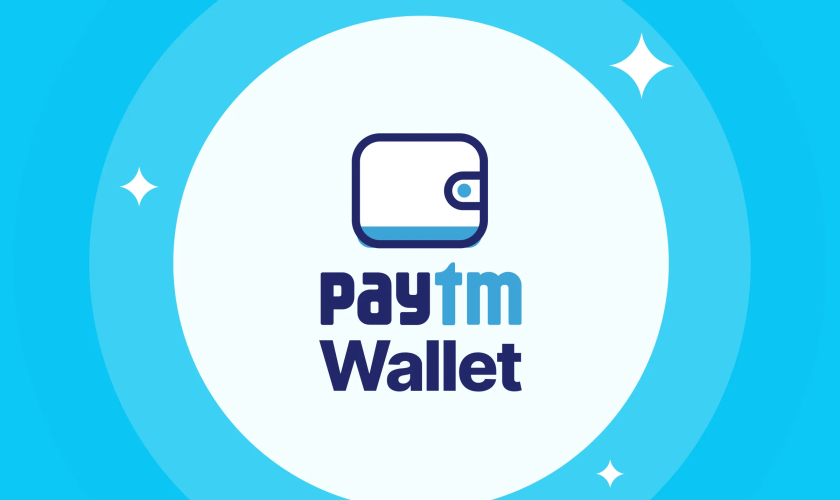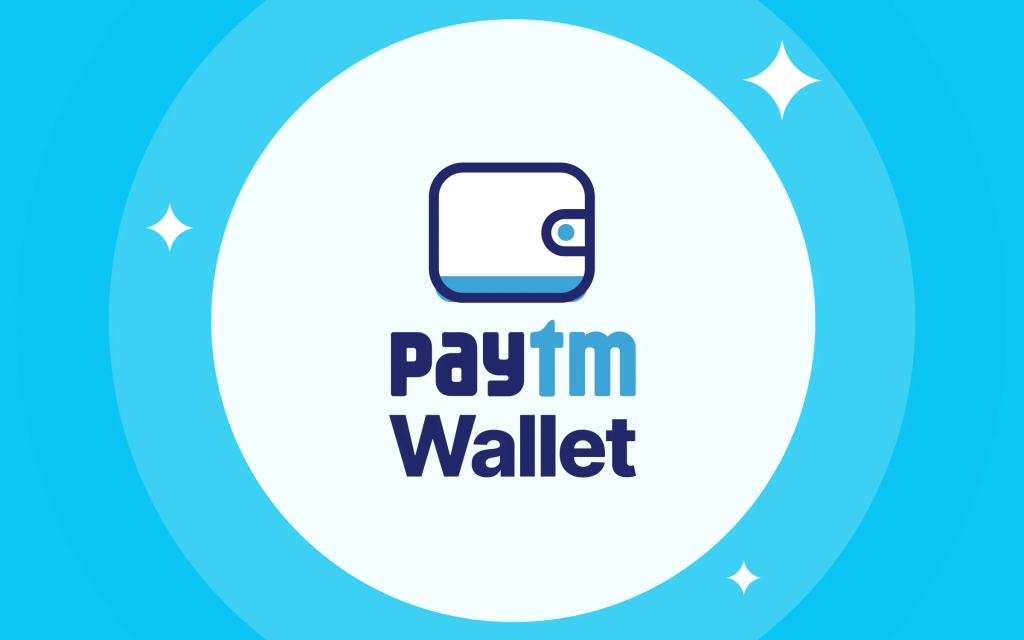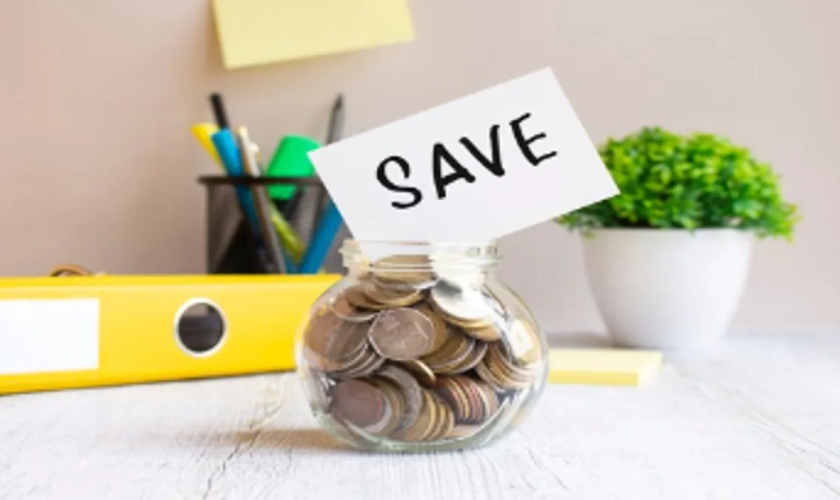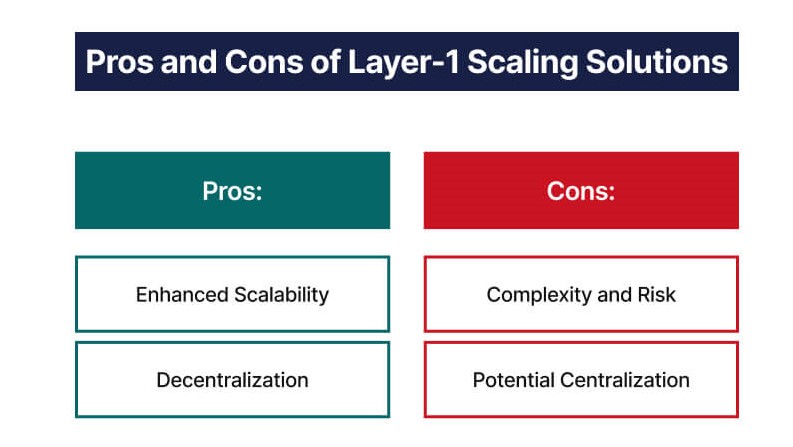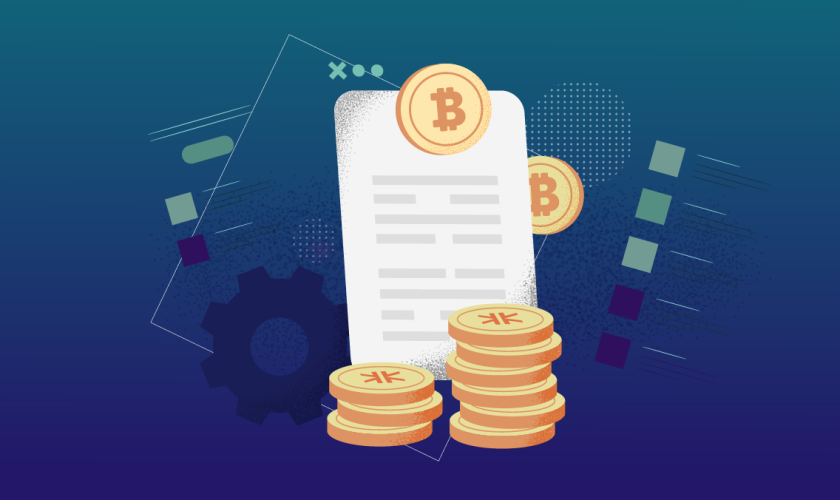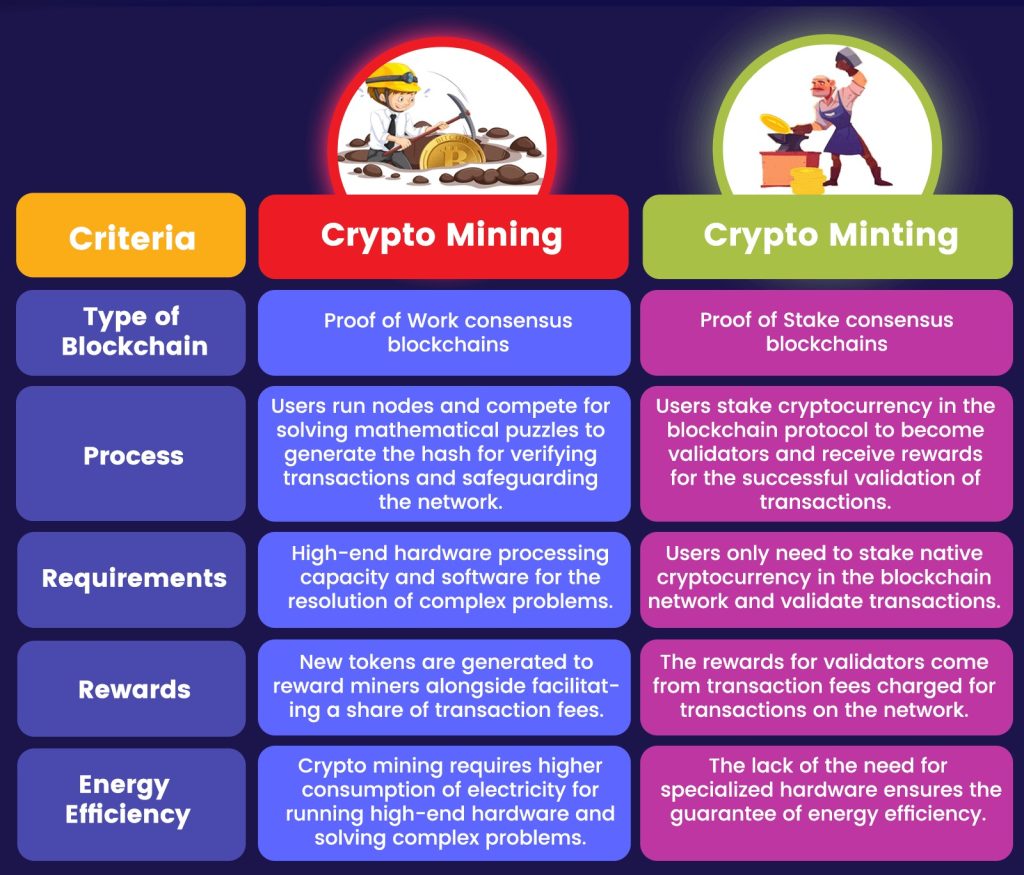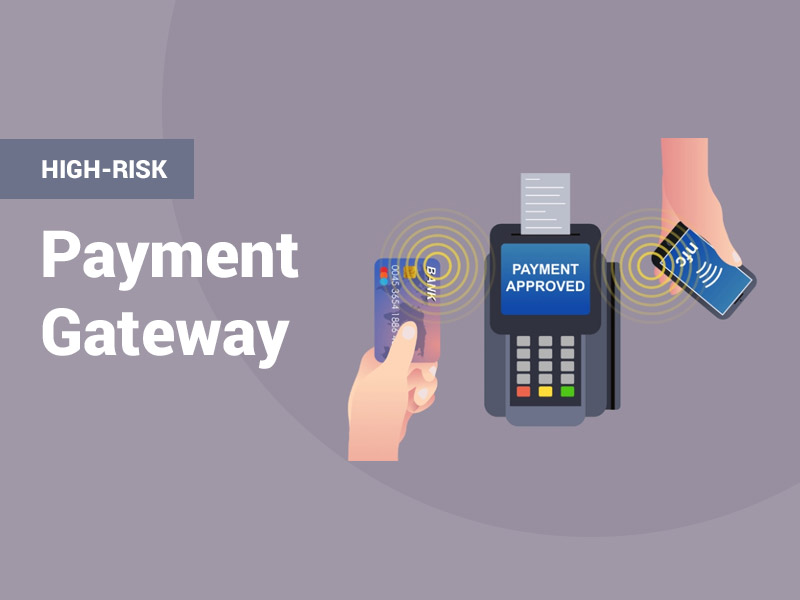
Day by day everything is going digital and there is no need to keep cash with you. If you are a business owner then there is a need of huge amount of transactions to be done day by day. For doing large amount transaction without using cash then you need some high risk payment gateways for secure payment. Generally, we use debit cards for the small amount of transaction while purchasing goods or transferring money etc. But when you will start to do huge amount transaction then you need to take the help of merchant account with the help of the bank. They will create your account in various high risk payment sites and give you the permission to make the transaction through it. And thus you need to sue the credit card which will be issuing by the authority to make the transaction via a preferred gateway.

So there are many payment gateways or best high risk merchant accounts are there for Pharmaceutical, tech support and hosting services also. In the context below we are going to discuss these merchant accounts sites or high risk payment gateways in details. The reason for having high risk payment gateways is that it is safe and secure to handle the high amount transaction with risk free services. Let’s start to talk about them in details below.
High Risk Payment gateways for Pharmaceutical:
Here we will talk about some of the best Payment gateways or merchants account for Pharma processing or Pharmaceutical as well. Go through the below points and get know about them clearly.
- CyoGate: – This is a Credit card processing or merchant account providers for online pharmacy in India as well for international services also. This is an approved credit card processing and pharmaceutical merchant services for Pharma industries and online pharmacies. As this Pharma business has to face the high amount of payments so risk also gets associated with in it. To get the risk free services, the CyoGate is launched for the high risk payments in Pharmaceutical. For processing your credit card, the company or the gateway with charge you a small amount of fee too. For more information and query related to CyoGate, you can click on this LINK now.

- Cart Pay: – Another simplified payment site for high risk transactions is Cart Pay. This is basically an online pharmacy system for deals with business mans as well as for normal public everywhere. Those patients who do not move here are there and can able to purchase from outside can use this gateway very easily. They provide the door step services for every person. Online pharmacy is a high risk business if you talk about the transaction specially. So make the transaction safer you can simply choose this gateway also. The rate provided by this site is more viable for the merchants also. For more info about Cart Pay and ask anything to the team by vising this Website Link now.

- High Risk Gateways: – The High Risk gateway is also used for online merchant log in site for risky payments in pharmaceutical sector or in other parts also. They provide various types of advanced services with the secure transaction as well. With all types of salient features in business, they will provide the support to the merchants with processing a Credit card for them also. They have the complete bond with the Information Technology as well as the Banking finance to create the whole merchant account and provide the services to them accordingly. They provide the services for the business man and the Pharmacy sector merchant as well. To get know about this site or contact with them you need to visit this Website now.

High Risk Payment gateways for Tech Support:
Now we will talk about the high risk payments for Tech Support for the business merchandise across everywhere. So let’s have a look on the below points.
- SOAR Payments: – Those who always keep in dealing with technical things, they can use this site for creating their merchant accounts for high risk payment in Tech Support. The main aim of this SOAR Payment Company is to provide the best Tech Support merchant account with undisputed services. Visit the company website now to get know about creating the merchant account by following this LINK now.

- Flagship Merchant Services: – Another best site for high risk payment gateway in Tech support sector is FMS. It accepts all the wide range of business with tech support by providing their merchant account with credit card processing. For new or start up business in tech support they offer the fast approvals with no extra application fee. Go through this LINK to get more info about it.

- Card Connect Merchant Services: – Card Connect is a very faster risk free merchant site for an online payment gateway. This site is work or accepts a huge range of MOTO business and e- commerce with the free gateway. In purpose of tech support, it provided 24/7 customer support with very low pricing. Visit the site https://cardconnect.com/ to get know about the procedures to create merchant account accordingly.

High Risk Payment gateways for hosting services:
Now, at last, we are going to talk about high risk payment gateways for hosting services. Some of the best companies are there which we will refer on the below point for you all.
- PayPal: – PayPal is a very well-known American Company which is used for the online payment system. If offers risk free services for huge amount transactions and create the merchant account with a credit card also. For web hosting as well as to publish your site widely, you can use this payment gateway for your transaction easily. Open the official website of PayPal i.e. www.paypal.com to reach the official team easily.

- Host Merchant Services: – This is another payment gateway for merchant log-in on Web hosting services. The HMS knows that some merchant’s falls in the very risky zone for doing their transaction in hosting services. So the main aim of the HMS is to create a secure account and provide the hassle free transaction anytime, anywhere. Click on this www.hostmerchantservices.com address to reach them very quickly.

That’s all about the high risk payment gateways for pharmaceutical, tech support and hosting services. These sites ask you for very low amount of fees for processing the merchant account. But this is for sure that you will get very secure and safe zone for making your payments as always. Besides these, you also can get these types of services from other gateways too. But as the need of merchants, these are the best recommendation for you all. Read the context mentioned above and hope you all get the best reference regarding the high risk payment gateways at all.









